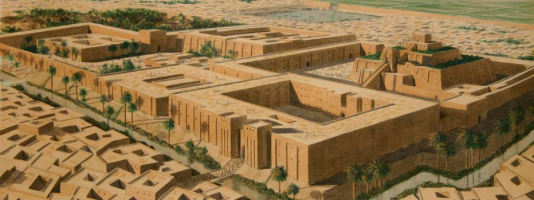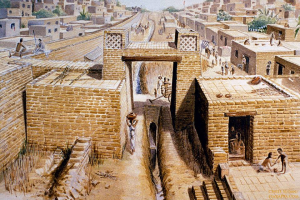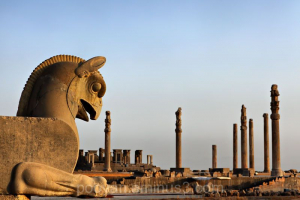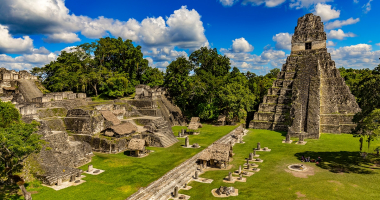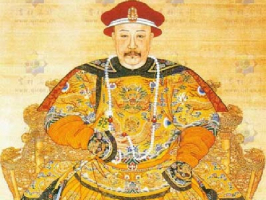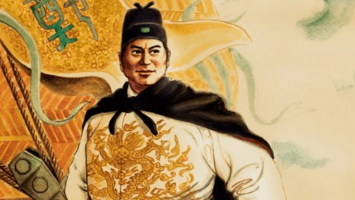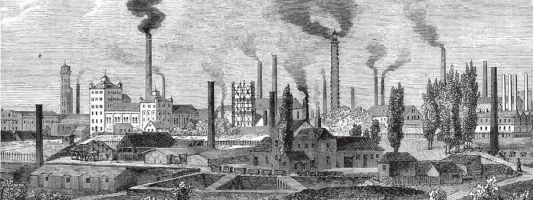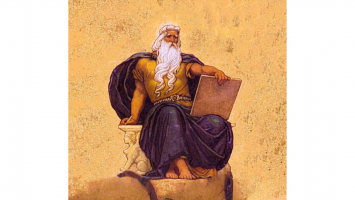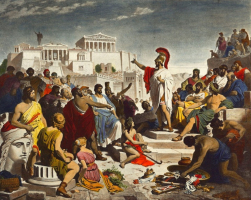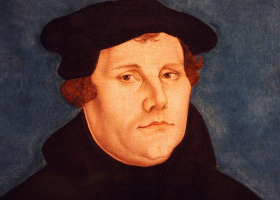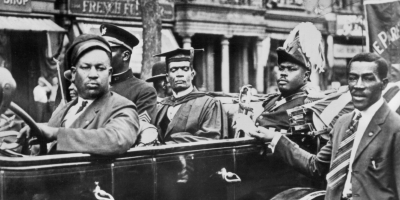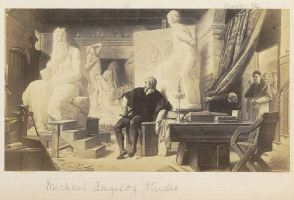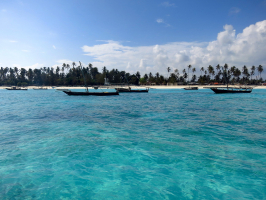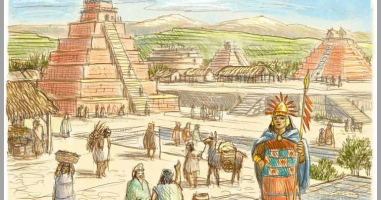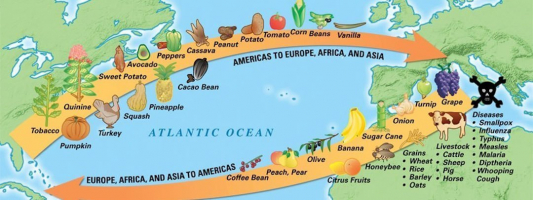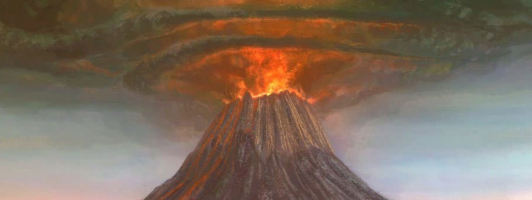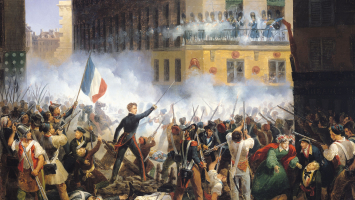Top 10 Interesting Facts About The Ancient Maya Civilization
The Maya people were an indigenous population from Mexico and Central America who formed the Mayan Civilization. They have lived in the territories that make ... read more...up modern-day Yucatan, Mexico, as well as Guatemala, Belize, El Salvador, and Honduras, for hundreds of years. The Mayans are one of the most fascinating civilizations to have ever existed on Earth, owing to the fact that so much about their culture is still cloaked in mystery and disagreement. Today, let's follow Toplist to discover some interesting facts about the ancient Maya civilization. We are sure that this information will not disappoint you.
-
Around the sixth century A.D., the Maya Empire, located in the tropical lowlands of what is now Guatemala, achieved its pinnacle of power and influence. Agriculture, pottery, hieroglyphic writing, calendar-making, and mathematics were among the Maya's many talents, and they left behind an incredible amount of spectacular building and symbolic artwork. However, by A.D. 900, most of the Maya's large stone towns had been abandoned, and researchers have argued what caused this abrupt decline since the 19th century.
Maya elites were literate and developed a complicated hieroglyphic writing system. In the pre-Columbian Americas, their writing system was the most advanced. The Maya used screen fold books to record their history and ritual knowledge, of which only three undisputed instances remain, the rest having been destroyed by the Spanish. In addition, numerous Maya texts have been discovered on stelae and pottery. The Maya created a complex system of linked ritual calendars and used mathematics that includes one of the oldest examples of the explicit zero in human history.
The Maya built a wide range of structures and left a large architectural heritage. Various art forms and hieroglyphic writings are also incorporated into Maya building. Maya masonry building demonstrates craft specialization, centralized organization, and the political means to mobilize a huge workforce in Maya society. A big elite dwelling at Copán is estimated to have taken 10,686 man-days to construct, compared to 67 man-days for a commoner's hut.
Besides, the Maya lives in community. They were in the same place and had fortified houses. In general, The Maya was an advanced society compared to that time.
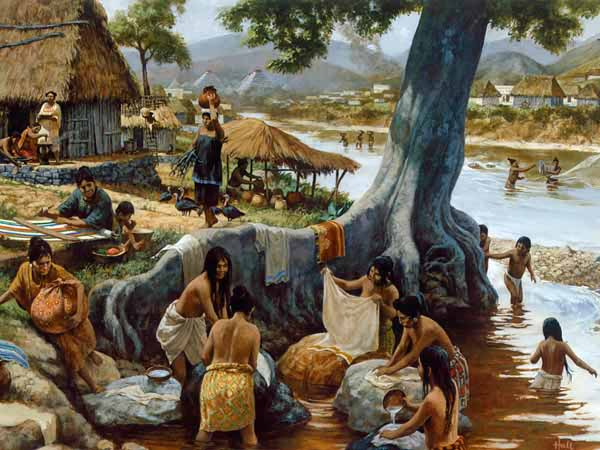
Photo: crystalinks 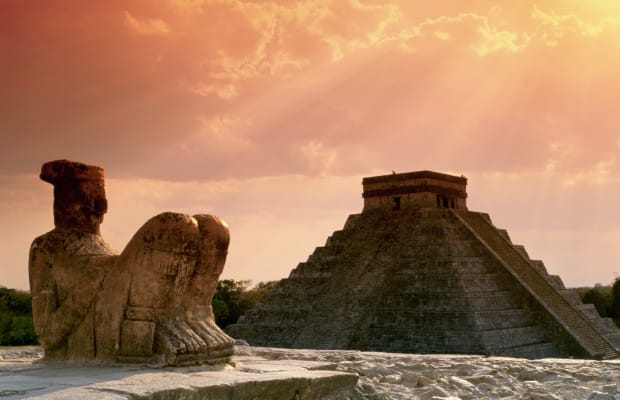
Photo: history -
More than 3,500 years ago, the Olmec Indians discovered how to turn a cacao bean into chocolate. However, it was the Maya that transformed chocolate into the exquisite pleasure it is today. Mayan were processing cacao into chocolate gold at least 2,600 years ago, according to evidence. Cacao was discovered in Mayan ceramics in Guatemala, therefore this was recognized.
Throughout history, The Maya were big chocolate eaters. Maya chocolate was not at all like the chocolate we have today. Crushed cocoa beans, chili peppers, and water were used to make the beverage. (Sugar was not available in Central America). They poured the liquid from one cup to the next until there was a frothy foam on top. In fact, the Maya word 'xocolatl,' which meaning 'bitter water,' is supposed to have inspired the word 'chocolate.'
This bitter drink was dubbed "meal of the gods" by the Maya. Images of cocoa pods were painted on the walls of stone temples, and Mayan artifacts showing kings and Mayan gods enjoying chocolate have been discovered. Cocoa was commonly drunk during religious ceremonies and was utilized in upper-class wedding celebrations.Another fact that quite interesting, that The Maya were forced to pay taxes to the Aztecs after the Aztecs conquered large swaths of Mesoamerica. These 'tributes' were in the form of cocoa beans because the Aztecs were unable to produce their own.
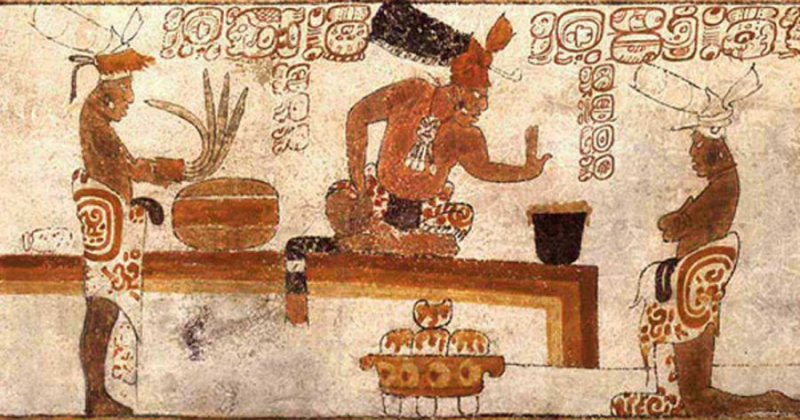
Photo: openculture 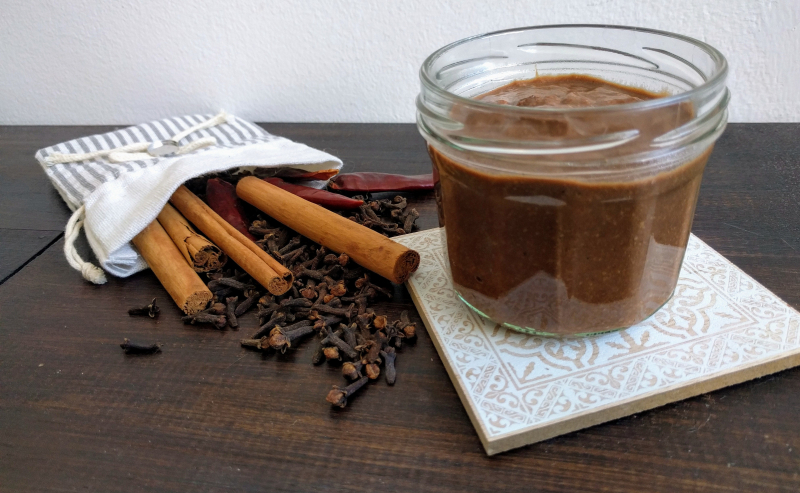
Photo: ungatoenlacocina -
Chichen Itza is a Maya-built archaeological monument in Mexico's Yucatán state that is one of the country's most renowned tourist destinations. It's a UNESCO World Heritage Site and one of the world's new seven wonders.
Chichen Itza was one of the largest and most diversified Maya settlements, which explains why there are so many architectural styles. Its name means "mouth of the Itza well," and many people believe "Itza" means "water magicians." This could be attributed to the presence of two sinkholes near the site, which would have provided water to the locals all year. Sculptors, weavers, jewelers, and potters were among those present.
All the Maya's structures were made of stone. It's also thought that none of the Maya's temples, pyramids, or palaces were built with the wheel. El Castillo ("the Castle"), also known as the Temple of Kukulkan, is the prominent pyramid associated with Chichen Itza and is located in the heart of the complex. Surprisingly, this pyramid was constructed on top of an older temple. The sun's rays cast a shadow on the Kukulkan Pyramid on the first day of spring and fall, making it appear as if a serpent is sliding down the stairs. Because the Maya were serious astronomers, the movements of this planet were very important to them, there is a platform dedicated to Venus at this pyramid. In fact, the architecture of Uxmal, another ancient Mayan metropolis, was inspired by Venus' movements.
The Ball Court, which was Mesoamerica's largest field, is another popular portion of Chichen Itza that many people visit. It was nearly as big as a football field. Inverted hoops have been installed in the center of the walls. It was most likely used for games, but it could also have been utilized for feasts, celebrations, and wrestling matches.The Ball Court has an intriguing characteristic in that it was designed so that you could utilize its acoustics to converse with others who were far away on the field. As a result, if you spoke to the northern wall, folks near the southern wall might hear you.
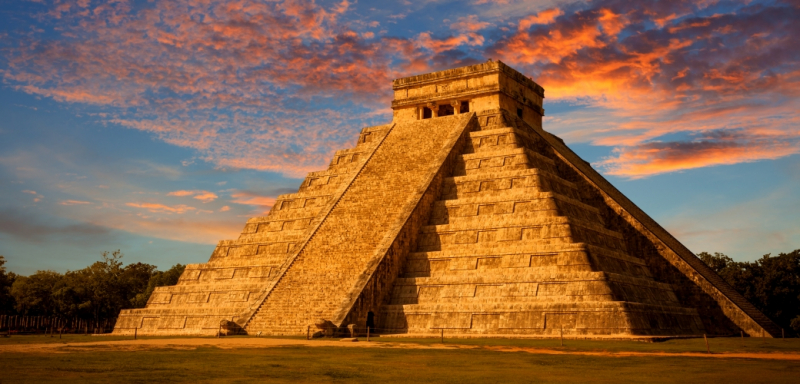
Photo: sworld.co.uk 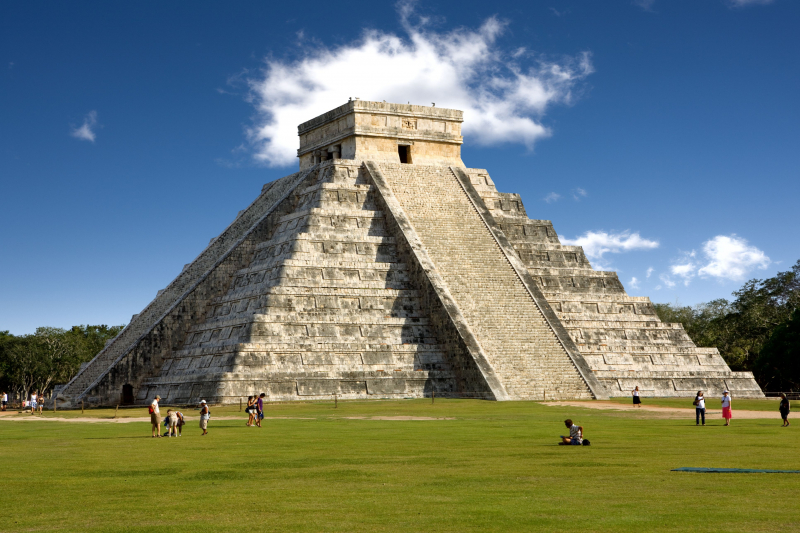
Photo: baophapluat -
Long strips of sturdy paper created from the inner bark of fig trees were used by the Maya to write books in their intricate hieroglyphic alphabet. The Dresden Codex, the Madrid Codex, and the Paris Codex are the only Maya codices that have survived to this day. (There's also the Grolier Codex, which is fragmented and disputed by scholars.) Many more Maya books perished as a result of the humid circumstances in Mesoamerica—or the arrival of Europeans, who destroyed Maya literature on purpose.
The Maya had already abandoned their vast cities in favor of agrarian societies when the Spanish arrived in Mesoamerica. They kept their conventional religious views, though. This angered Spanish philosophers such as Bishop Diego de Landa, who set out to convert the inhabitants to Christianity. When that proved impossible, he took a more drastic approach: he burned and destroyed the Mayan writings in an attempt to eradicate their culture.
The Conquistadors even had the gall to refer to the Maya as barbarians. These extraordinary people had built one of the world's most advanced scientific nations... Despite this, a group of men in desperate search of financial prosperity burnt and damaged their collective cultural knowledge
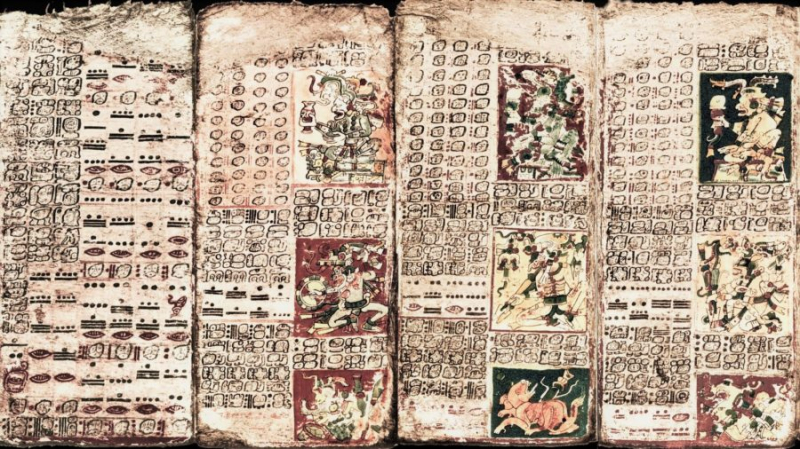
Photo: popular-archaeology.com 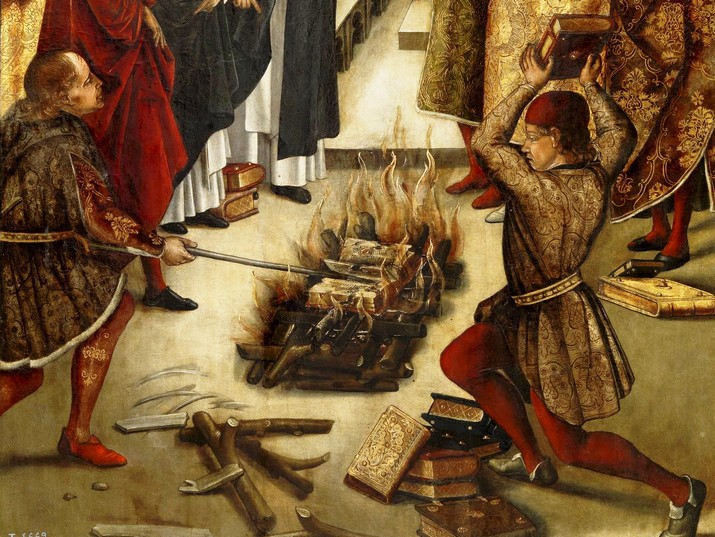
Photo: blog.nli.org.il -
The Maya were an indigenous civilization that flourished between A.D. 250 and 900, according to history. They had intense beauty regimens, and according to the Archaeology Archive, the Maya went to tremendous measures to achieve perfection. Some may find what they have done to transform themselves astonishing now because they were born with dark complexion, dark eyes, and dark hair. The beauty standard of the Maya is one of the interesting facts about the ancient Maya civilization.
An extended head was considered beautiful by the Maya. This is thought to be due to its resemblance to a corn ear. This was not only a staple of their food, but it was also crucial to their creation myth, the Popol Vuh, which said that mankind were made of corn. According to Villa del Palmar, trepanning was used to change the Maya's heads from birth. This procedure involves attaching two boards to a newborn's head at an angle to press on the forehead, resulting in an extended head (per Cancun to Chichen Itza).
According to Revelations – The First Journey, the Maya valued crossed eyes as well. They would tie a piece of string to a stone and hang it in front of their baby's eyes, causing the eyes to focus and finally revolve inwards. Mayan's women valued pointed teeth as a sign of attractiveness. They would file their teeth to resemble corn kernels without using anesthetics.Although these conceptions of beauty may be difficult to comprehend, the Maya engaged in a number of acts that are now regarded as standard. They pierced their ears, lips, and noses, according to History on the Net. Furthermore, the elite would have costly stones inlaid in their teeth, and both men and women had tattoos. Surprisingly, it appears that the Mayan beauty standards were influenced by art rather than reality.
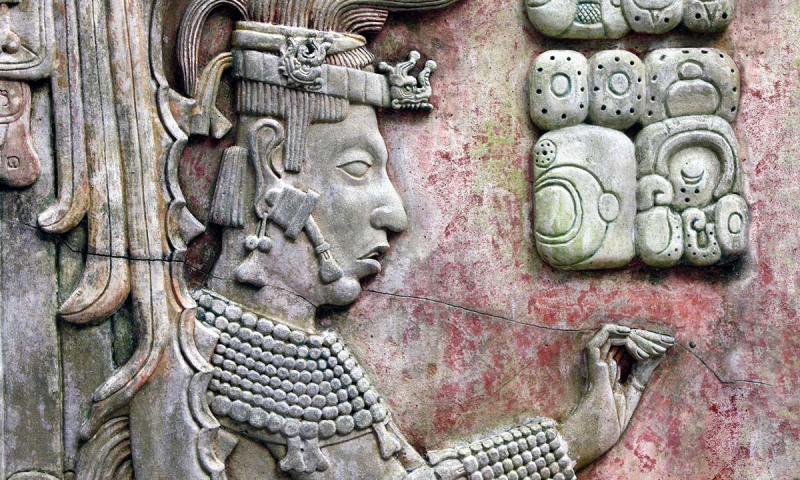
Photo: villapalmarcancun Source: Nuty History youtube channel -
Mayan's culture was a dynamic one, and the people seemed to live life to the utmost. Even the religion they followed had dance and singing as key features, despite some terrible aspects such as human sacrifice. Maya engaged in a number of Maya sports for enjoyment and recreation. The Maya ball game was the most important and extensively played of these sports, and it had religious importance. However, there were a variety of other Mayan sports that people of all social backgrounds participated in with similar fervor.
The Maya played a game known as pitz in Chichen-Itza. Players would attempt to pass a large rubber ball (about the size of a soccer ball) without using their hands while wearing protective clothing for their ribs, knees, and arms. The ultimate goal was to get the ball through a stone hoop that was quite high. Playing the sport was more of a rite of passage than a recreational activity, and losing meant human sacrifice. Life on Earth was only conceivable after two sibling deities overcame the supernatural lords of the underworld in a ball game, according to the Maya creation tale in their epic scripture Popol Vuh.
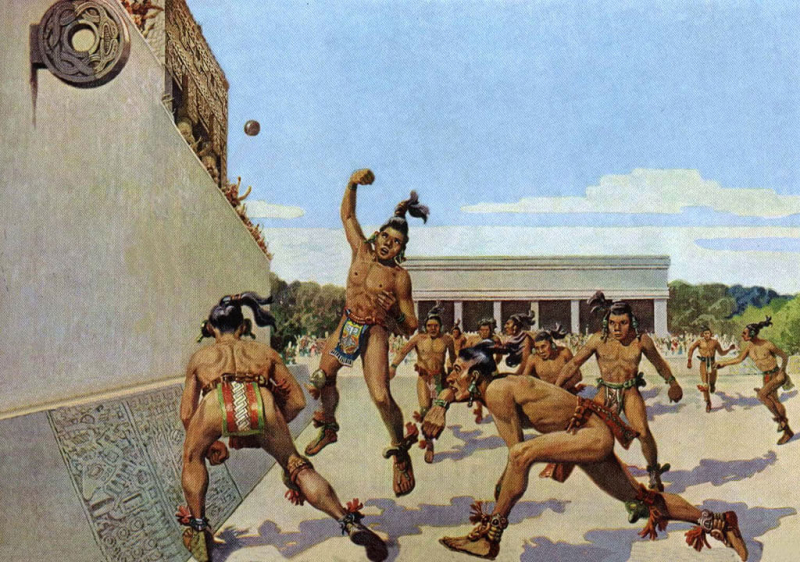
Photo: chichenitza 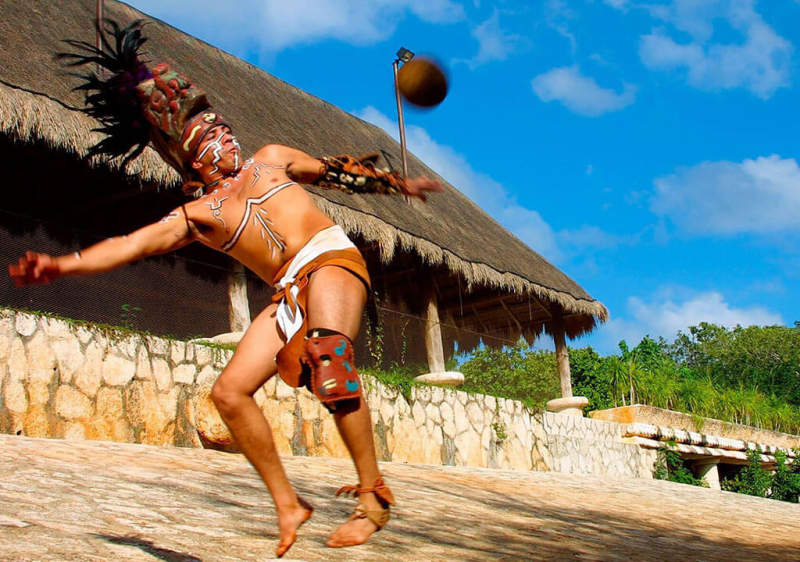
Photo: chichenitza -
Maya in the Yucatan Peninsula and Guatemala believed in mythical spirits. They had their own interpretation of fairies, similar to those seen in Western literature. The Maya referred to their "fairies" as Aluxes.
Aluxes are characterized as small animals with a Mayan appearance. They, like other magical creatures, are mostly undetectable. In Mayan society, aluxes served a role. They may be able to safeguard the land, crops, and animals.
Sculptures of the Aluxes were constructed out of clay and wood. The Maya thought that shamans helped the Aluxes come to life. The shamans would set Aluxes sculptures in key locations that need protection. The ritual of mixing a Mayan's blood with the mud from the region that needed protection took weeks to build an Alux.
Because Aluxes were supposed to be older than the Maya themselves, they were adored. They are supposed to be the ones who constructed the large Mayan cities. They worked in the dark as supernatural beings, and when the sun rose, they turned to stone. According to the Maya, the wondrous little Aluxes might also be mischievous. They were mischievous and enjoyed making people laugh. Because the Aluxes were linked to the underworld and were thought to be wicked, not all Mayan would have desired an Alux sculpture on their land.
An Alux should not be named aloud, according to Mayan legend, since it may become enraged. Regardless, the Maya and their culture placed a high value on the belief in Aluxes. This is one of the interesting facts about the ancient Maya civilization that the tourist so surprised.
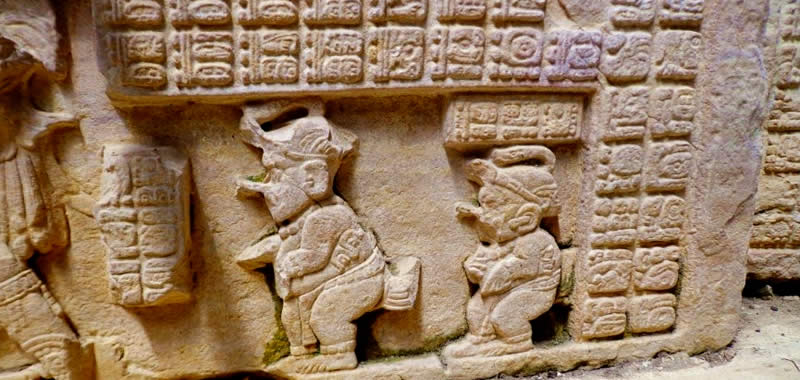
Photo: xyuandbeyond 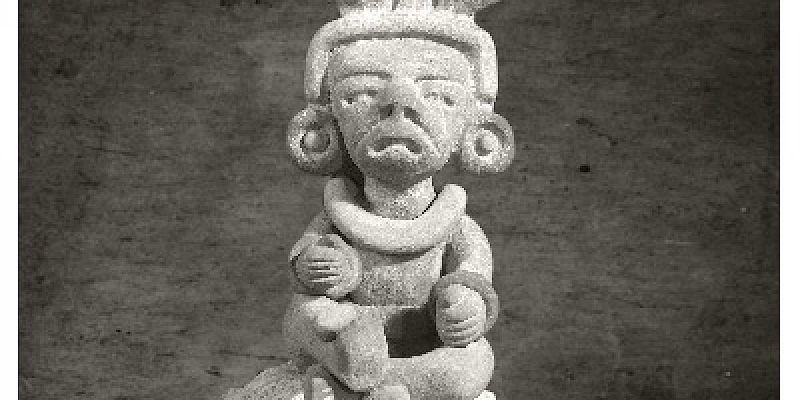
Photo: buyplaya -
The Maya were the first to develop a comprehensive writing system, and their glyphs may be found on monuments, buildings, stones, books, and pottery. The Preclassic period, which lasted from 300 BC to 100 BC, produced many of these works. The written language is made up of around 800 hieroglyphs, each of which represents a syllable. The Maya utilized words that were made up of hundreds of hieroglyphs, and each syllable had its unique meaning. They employed hieroglyphs to document their way of life, rituals, significant events, and cultural and festival elements. These hieroglyphs were thought to be one of Mesoamerica's most advanced languages.
Tatiana Proskouriakoff, a Siberian-born American archeologist, was invited to join a Mayan archeological expedition in the early twentieth century. She began studying Mayan glyphs once she arrived, and she quickly established herself as an expert in the subject of understanding this ancient script. She got famous overnight after writing a study in the 1960s about the Maya way of life. "Upended frog" and "toothache" were among the glyphs she discovered. The Maya birth and death records, as well as the names of Mayan monarchs, were all discovered thanks to the symbols she decoded.
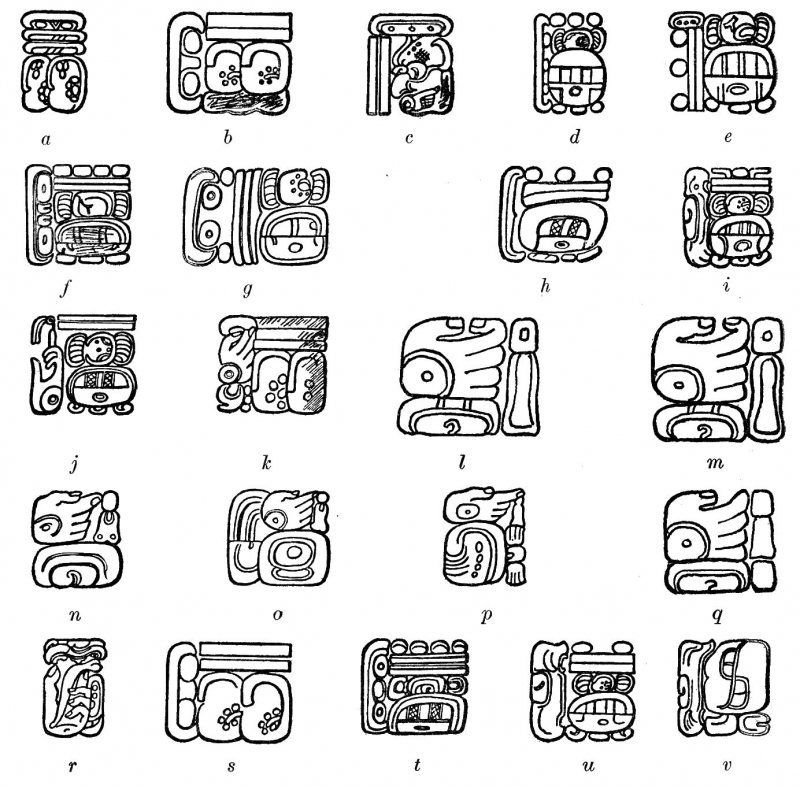
Photo; commons.wikimedia.org 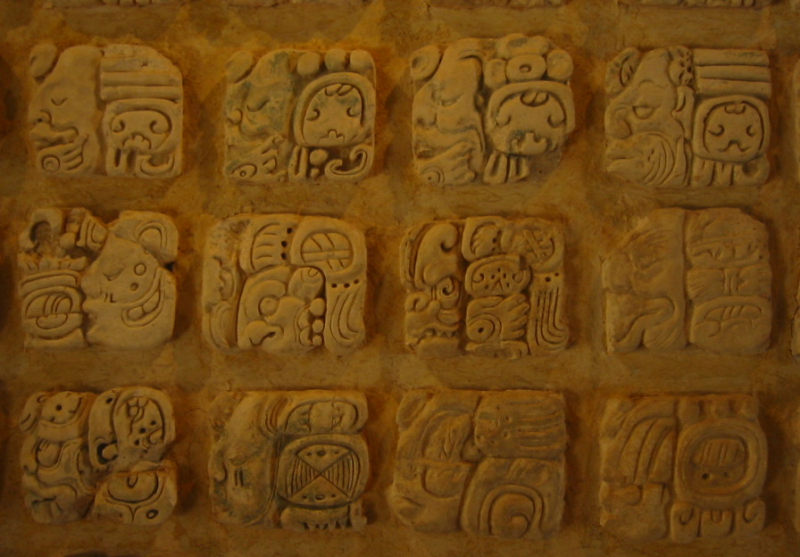
Photo; commons.wikimedia.org -
When you read stories of ancient cultures, you automatically assume that they only existed in the past. One of the interesting facts about the ancient Maya civilization is the Mayan people, language, and customs have existed into the present day, even though the Mayan kingdom was at its peak millennia ago.
Mexico is home to some of the most populous Maya groups, including the Yucatecs (300,000), Tzotzil (120,000), and Tzeltal (10,000). (80,000). The Yucatecs dwell in the Yucatán Peninsula, which is hot and humid, and the Tzotzil and Tzeltal live in the Chiapas highlands. The Quiché and Cakchiquel Maya of Guatemala, the Chontal and Chol Maya of Mexico, and the Kekchi Maya of Belize are also large Maya groupings. Although they all belong to the Mayan language family, each of the 31 Maya communities in Central America speaks a different, mutually incomprehensible language.
Despite industrialization and mixing between indigenous peoples and Spanish immigration, many Maya villages have managed to maintain their cultural identity and traditions. This is largely due to the Maya's historical confinement to a single unbroken territory that included sections of southern Mexico, Guatemala, Belize, and the western borders of Honduras and El Salvador.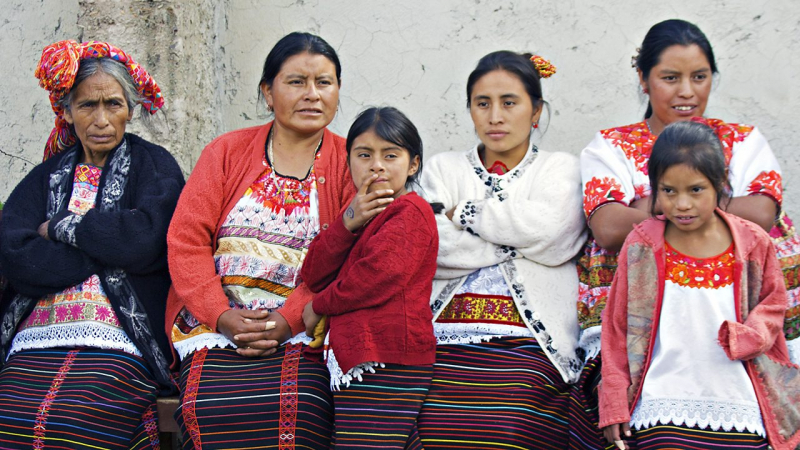
Photo: bbc 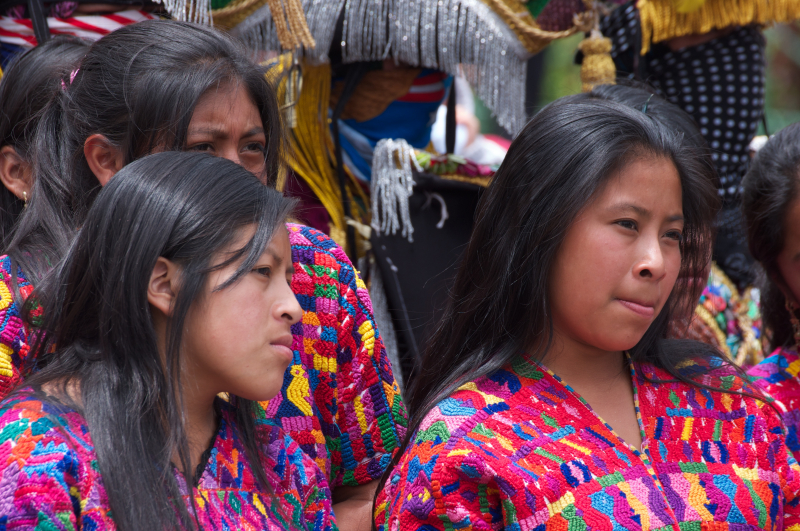
Photo: wikipedia -
The Mayan world's ancient monuments are under the same danger as Egypt's archaeological sites, which have been subjected to unlawful excavations and looting. Looters have smuggled items such as statues, vases, and other finds into the antiquities market over the years.
Locals in Guatemala and Belize are said to refer to looters of archaeological sites as huecheros, which is derived from the Maya term for armadillo, or huech. Vases, statues, and other artifacts illegally unearthed from Maya sites have found their way into the illicit antiquities market, while looters' tunnels have destroyed archaeological sites in the process. A pyramid in the Maya settlement of Xultn in Guatemala was torn in half by looters in one particularly remarkable incident. Maya artifacts have been returned to their homeland in some situations. When a carved wooden doorway lintel was discovered to have been removed from El Zotz, a Maya hamlet northwest of Tikal, the Denver Art Museum returned it to Guatemala in 1998.
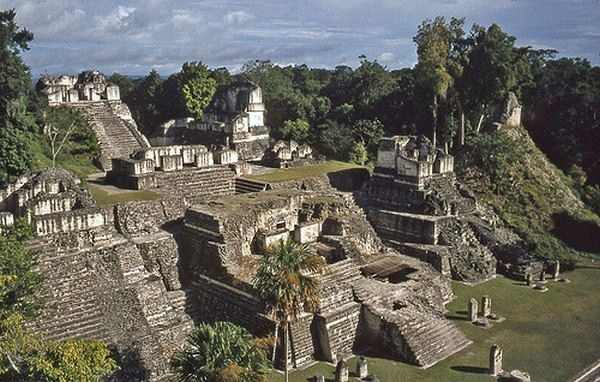
Photo: nwsisdmrc.wordpress 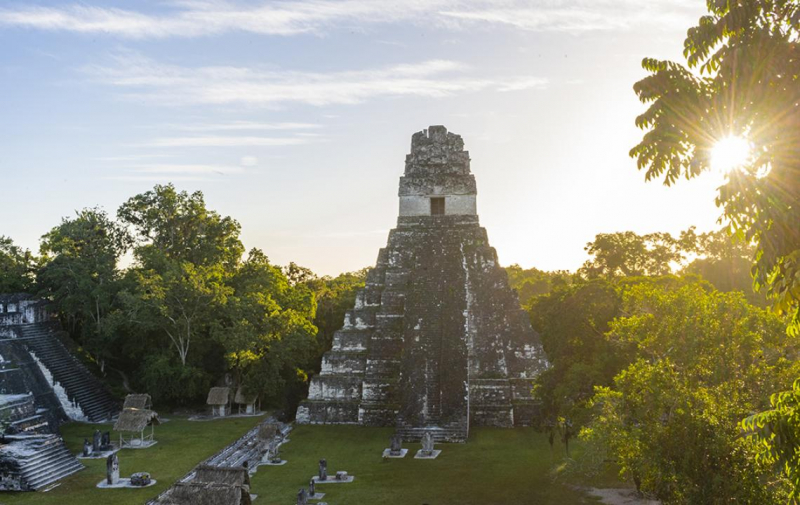
Photo: mexico.arizona.edu












